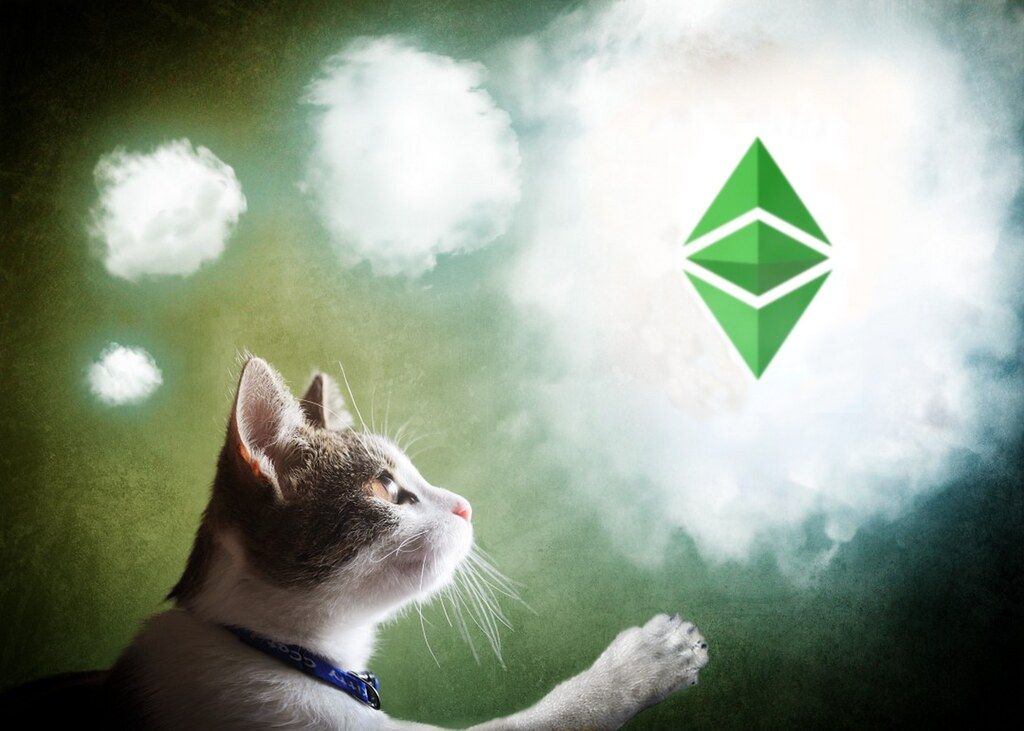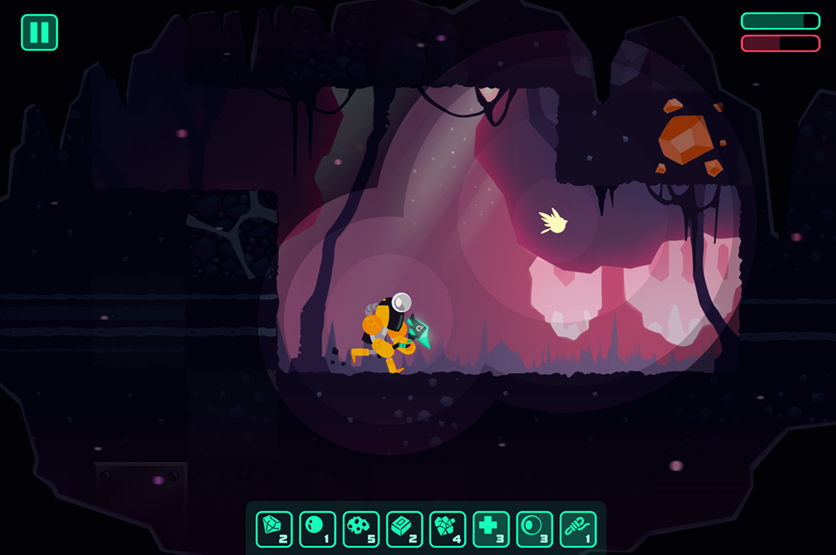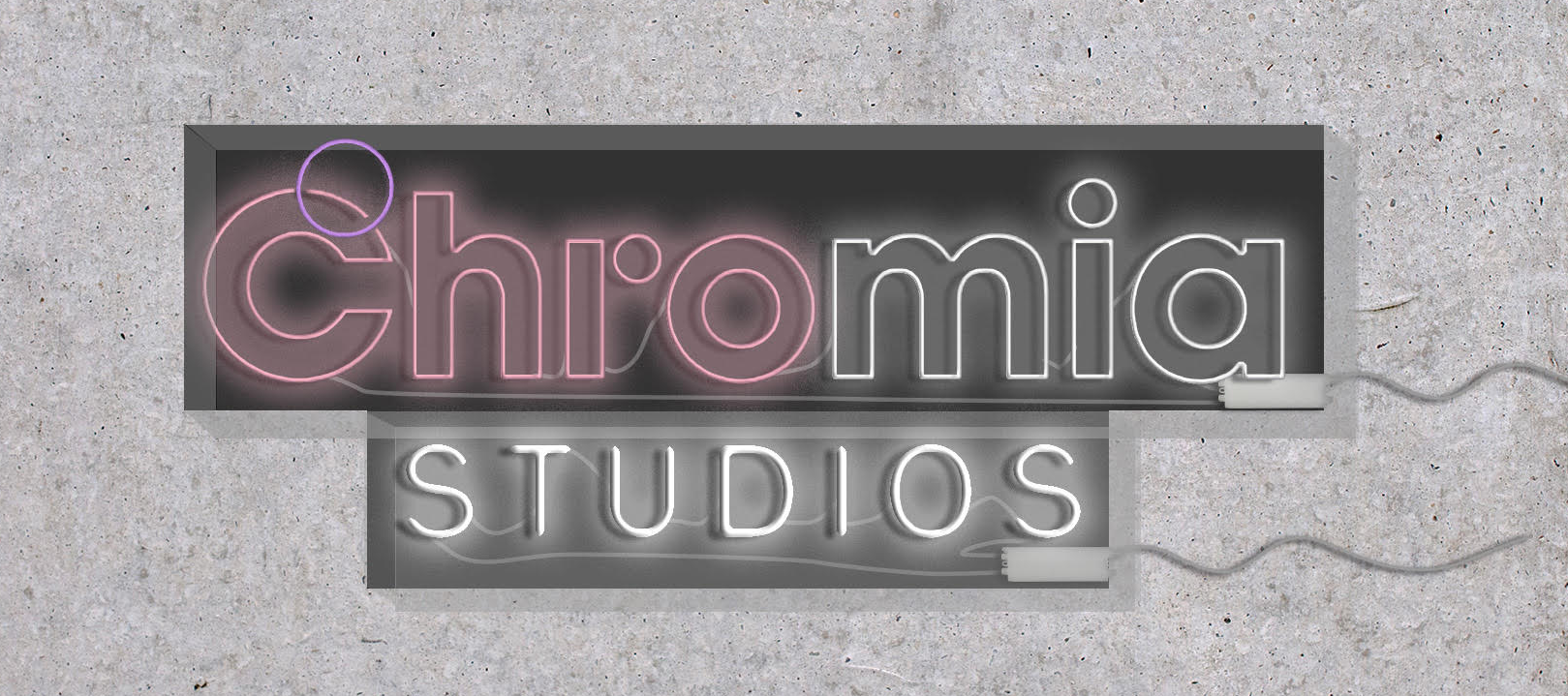Chromia is betting big on games with the launch of a dedicated game studio: Chromia Studios. Chromia Studios is a strategic initiative that will stimulate the Chromia ecosystem by developing a series of games as a foundation for others to learn from and build on.
Introduction
Chromia has always been about gaming. Gaming as a way to gain userbase, to refine our system, and to demonstrate the potential of decentralized applications (dapps). Games can be some of the most technically demanding software out there, driving hardware and software development forward. If you can build a game on our platform, we theorize in our white paper, you can build anything! This article is about our latest gambit in this space, the founding of a games studio called Chromia Studios, and the beginning of a partnership with renowned game studio Workinman Interactive. This article will explain why Chromia has its sights set on gaming, why we think we can push blockchain gaming to the next level, and finally our strategy for getting there.

Why gaming?
Gaming is an exciting growth industry which embraces cutting edge technology and is at home with experimentation. Blockchain is just such an experimental cutting edge technology, and we are not alone in thinking that combining the two could offer a host of advantages:
- Digital objects made "real" with provable scarcity and permanence
- Complex economies with real value, without a central authority
- Metagames arising from inter-game trading and integrations
- Provably fair game logic executed on the blockchain
In fact, interest in developing games on the blockchain is currently at an all time high. However, most available blockchain technology is only able to service a small corner of what could one day be achieved. Limitations in scale, data model complexity, and programming model mean that blockchain gaming today is overwhelmingly focused on "Non-Fungible Tokens" (NFTs).

NFTs are unique digital assets registered on a blockchain. In a gaming context an NFT might correspond to a trading card, a weapon, or some collectible cosmetic item. The point being that the asset truly belongs to the player, and can change hands outside of the game ecosystem. In theory, this removes the ability of a game developer to influence the items you own in game by changing their properties, decreasing their scarcity, or by removing them from the game. In practice, nearly all NFTs today are essentially bereft of metadata which gives them shape, form and substance. This means that in reality you do not own a sword, you own a short string which according to game logic defined on a server controlled by a game developer corresponds to a sword. If that server goes down, if that link is broken, or if the dev changes that game logic, the sword you "own" no longer exists.
So the claim that NFTs automatically grant sovereign ownership of digital assets in game is, in our view, greatly overstated. They are still interesting to the extent that they support open marketplaces and p2p trading outside of the game environment, but an additional step is needed before NFTs become something really exciting.

Beyond NFTs
So what is needed to push NFTs to the next level? First let's inspect the problem. Vitalik Buterin summarized the issue succinctly with the following:
I happily played World of Warcraft during 2007-2010, but one day Blizzard removed the damage component from my beloved warlock's Siphon Life spell. I cried myself to sleep, and on that day I realized what horrors centralized services can bring. I soon decided to quit.
Vitalik as player "owned" a Warlock character, which he had presumably invested a lot of time into, and his character had an ability called "Siphon Life" which would, among other things, do damage to enemies. At some point, Blizzard Entertainment, the studio which develops World of Warcraft, decided that the Siphon Life ability was too powerful and unilaterally removed the damage component from it. Players which had been depending on this ability suddenly found that they were no longer able to use it. At least one cried bitter tears that night.
This is a common occurrence. It is usually done to ensure that games remain "balanced". That means that there is no single ability or character that is overwhelmingly more effective than all others. Good balance means that a range of play styles can be effective, which leads to a more diverse and fun game world. However, often these balance attempts are not well received by the players of a game. They can be perceived as being unfair, heavy-handed, or not taking into account some subtle repercussion of the change.
Either way, what happened when that Siphon Life spell was altered was that the way the game interpreted that ability was changed. If we view the spell as a discrete digital object and register it on a blockchain, the holder of the spell still relies on the game logic to interpret that object as being "Siphon Life" with all of its attributes, effects, and animations. The very notion of what "damage" is belongs to the game logic.
The Ethereum standard for defining NFTs, ERC-721, originally supported almost no metadata. An ERC-721 NFT is essentially a UID for an asset which the game logic can refer to to check ownership. The standard has since been extended to support more metadata, so that the "sword" can have an attribute "damage" and an actual value "17" for example. This is the approach taken by popular NFT game Gods Unchained. By offloading more of that information onto the blockchain, transparency is increased, and the asset that the player owns is more closely bound to its in-game characteristics. However, the game still depends on closed-source code running on servers operated by the game developer. If those servers go down, that sword ceases to meaningfully be a sword.

What if we could put all of that game logic on a blockchain? In that case, as long as there remains a core of players who can pay the (relatively low) cost of maintaining a network of servers, games can live forever, and the assets associated with the game can not only have an immutable damage attribute of "17", but can be said to really do 17 damage. The concept of damage, and the magnitude of 17 are bound into the same decentralized infrastructure and can only be changed with the explicit consent of the validating parties.
Chromia is a general-purpose platform which is suitable for almost all kinds of dapps. It is particularly well suited to cases requiring high I/O capacity or involving management of complex data sets. Massively multiplayer online games (MMOGs) are an example of such a case. Blockchain gaming is increasing in popularity, but MMOGs, and indeed any complex game logic, are currently out of reach because no existing blockchain platform can support them. Even if it is possible to program complex game logic, blockchain gaming is usually hampered by a few main key issues:
- The programming model is usually quite low-level, making it verbose and bug-prone
- Interaction with the game is often prohibitively expensive for the end user because payment is required per transaction, and complex logic entails numerous and frequent transactions
- The UX of the game is compromised due to reliance on external wallet software for key management and transaction signing
Chromia was built to address these issues, and is capable of hosting entire game worlds in the blockchain, making sure that they evolve according to predetermined rules and ensuring that no one can cheat. Full game logic on the blockchain is within reach. Of course we recognize that post-release balancing will remain a necessity, because game developers are sadly not perfect, but we feel that there is a productive middle ground between arbitrary, unilateral updates and game logic that is set in stone for all time. Chromia supports democratic decision making and complex governance models, meaning that balancing changes can be made in a way that is i) highly transparent, and ii) explicitly endorsed by the playerbase.

Our strategy
We're keen gamers here at Chromia, but we are new to games development. We have a vision for serverless, on-chain games, but we decided to take an incremental approach to getting there. For this reason, we are proud to announce our collaboration with Workinman Interactive, an award-winning, US-based market leader that specializes in cross-platform games using high performance engines and high resolution custom art. Workinman Interactive customers include Disney, Atari, Marvel, NBC Universal, Nickelodeon, and Nintendo. Collaborating with them will give us a hugely valuable insight into the finer points of game development, and will help us to tailor our platform to the needs of game developers.

Our first release will be a fast paced mining game with elements of economics and digital asset ownership. A cross platform mining game that replaces traditional in-game transactions with decentralized ownership and payment features, uses the Chromia platform to store, serve and generate critical content securely on the chain, and integrates with our upcoming Vault software for smooth login and seamless UX. The game will have off-chain logic as we will focus on our improved framework for NFTs. The targeted release date for the game, working title Mines of Dalarnia, is Q4 2019.

The knowledge gained from Mines of Dalarnia will form a base for a more ambitious second release which is already in the works. This game will showcase Chromia’s ability to host complete game logic on the blockchain. We also aim to decentralize the development process by involving our community in the entire process. This game will show that it is possible to build a complete game that runs on-chain, and properly fulfills the promise of NFTs.
“Chromia is built for high performance public apps that operate at scale, like games. The gaming industry has always embraced cutting edge technology,” said Henrik Hjelte, CEO of ChromaWay. “We believe that creating a new kind of game on Chromia through our own dedicated game studio is a great way to show the scalability and power of Chromia’s relational blockchain.”
“We are very excited to work with ChromaWay in that we can integrate Workinman Interactive’s expertise in game design, mechanics, and graphics with a robust and full featured benefits of the Chromia platform", said Jason Arena, CEO of Workinman. “To date blockchain games have not been able to meet the high demands of gamers for easy access, fun, and challenge while introducing blockchain features. We look forward to breaking through this barrier with Chromia Studios.”
To learn more about Chromia Studios visit chromiastudios.com and Mines of Dalarnia at minesofdalarnia.com.
